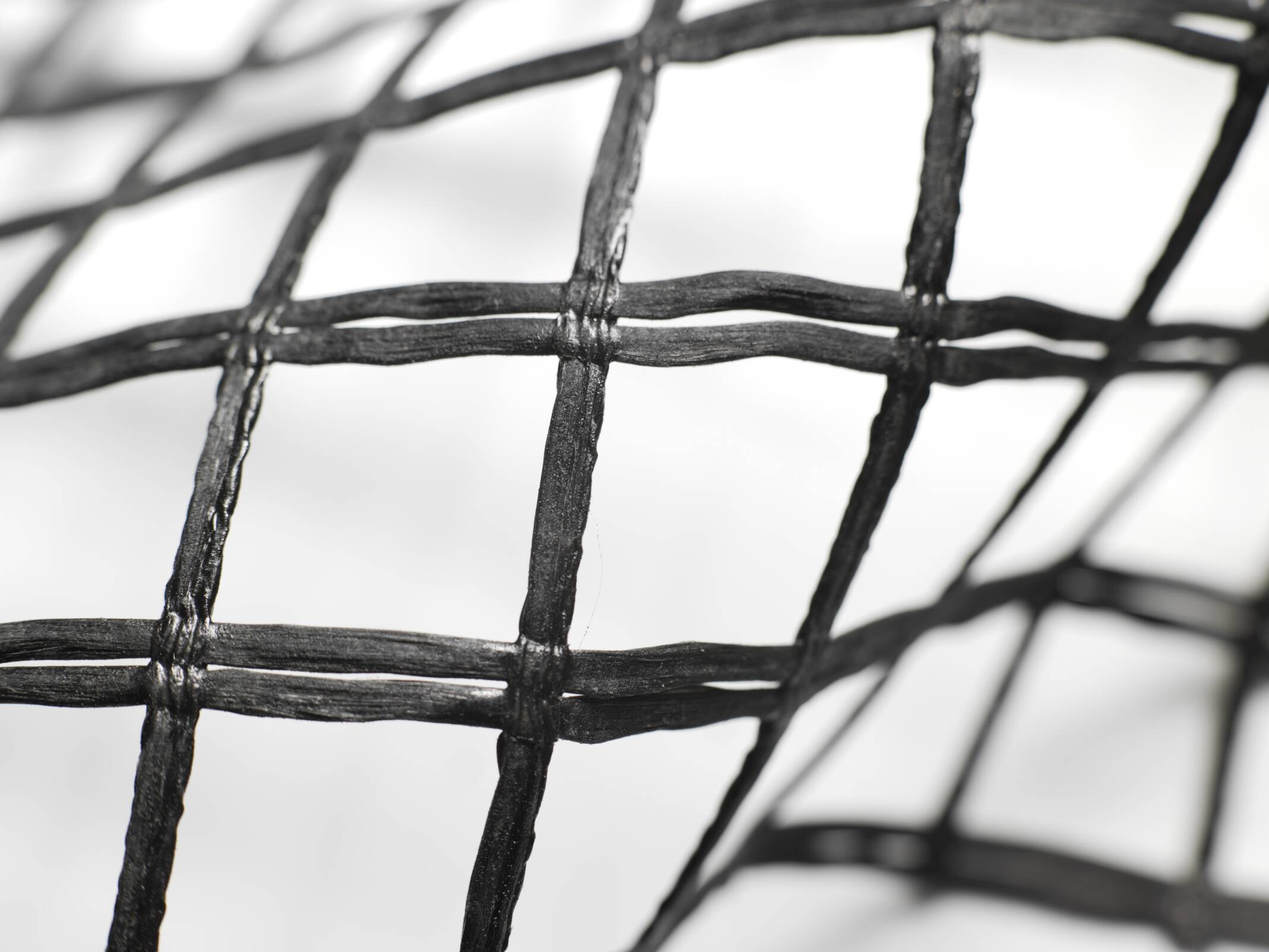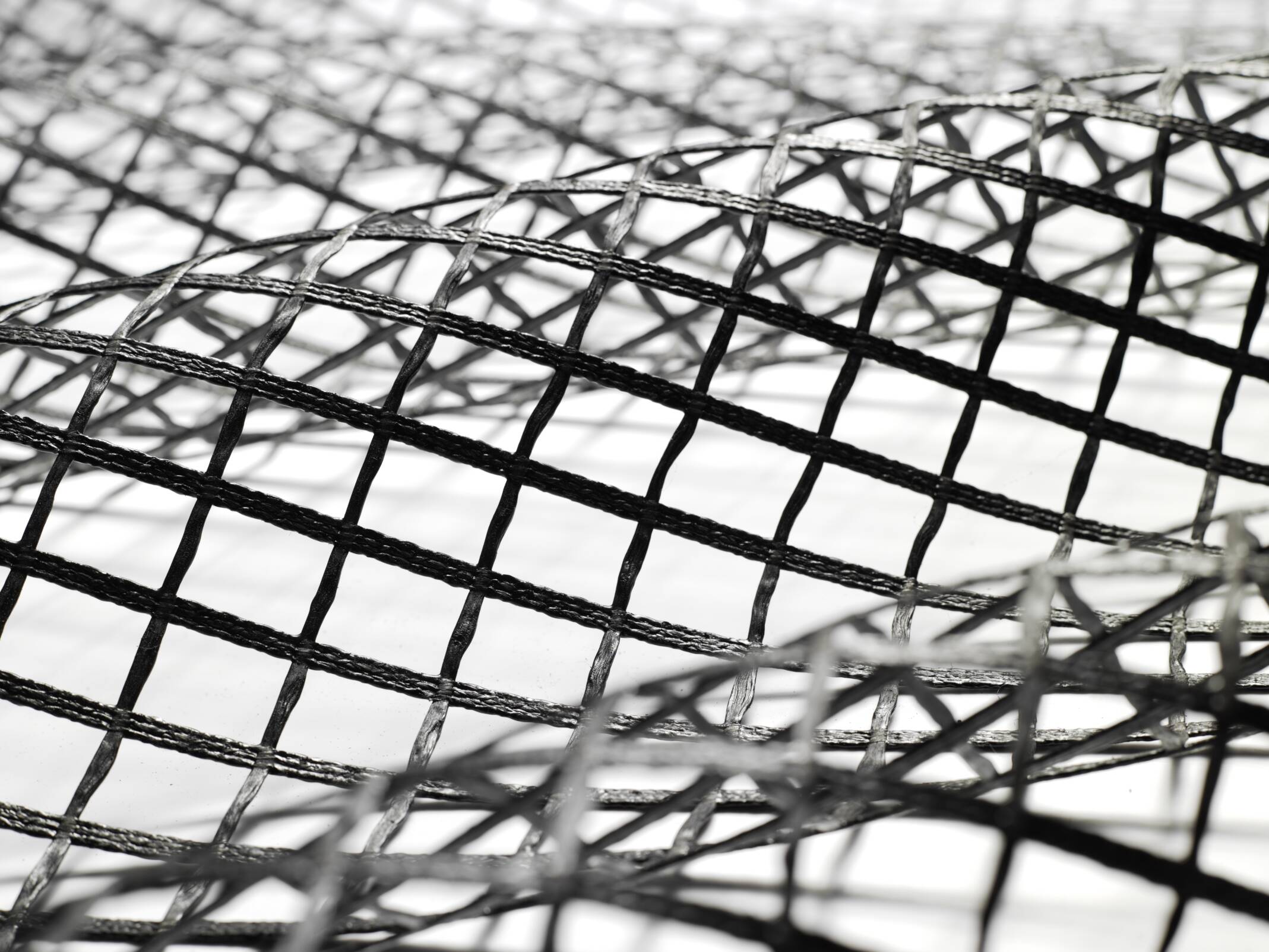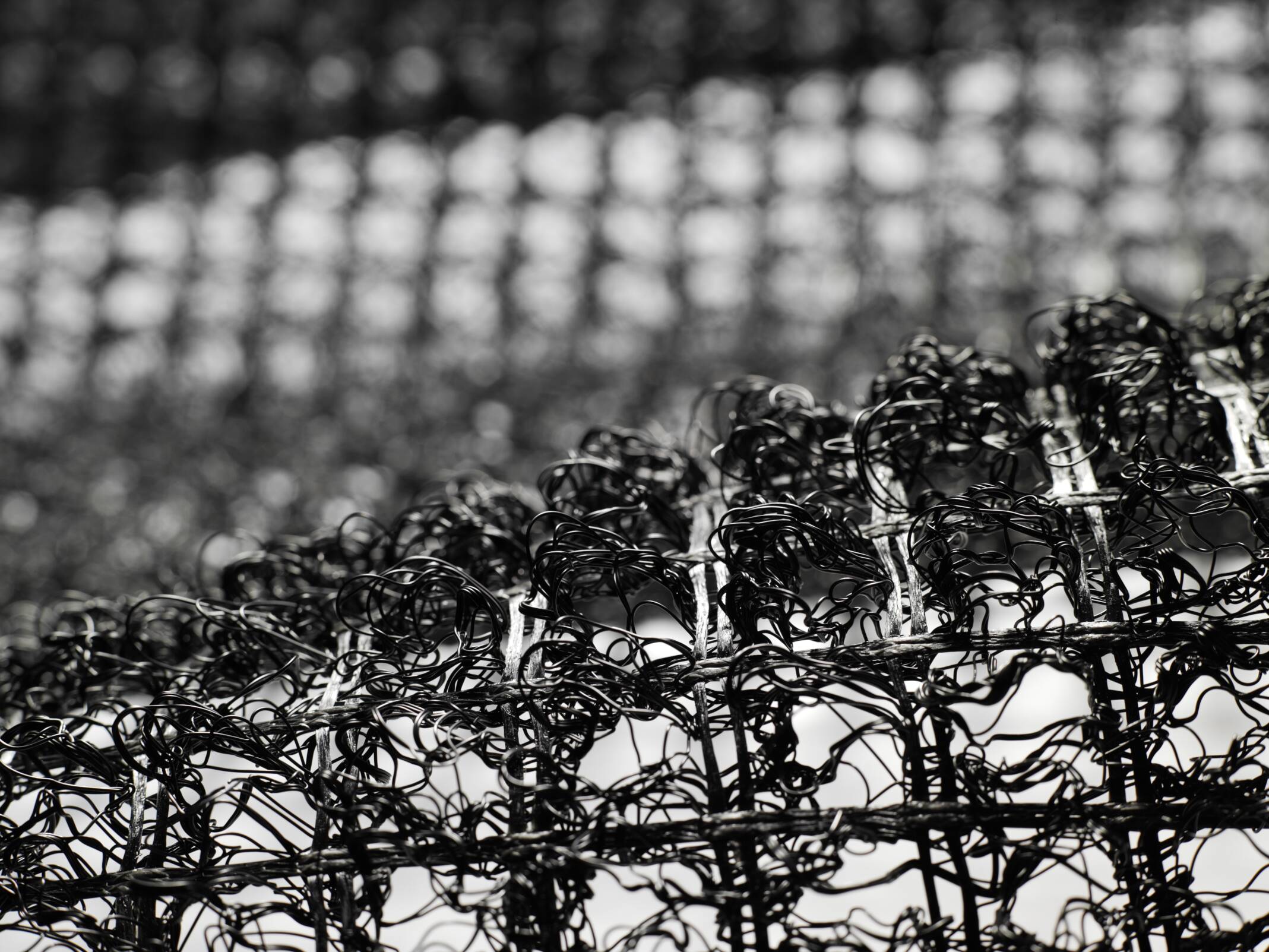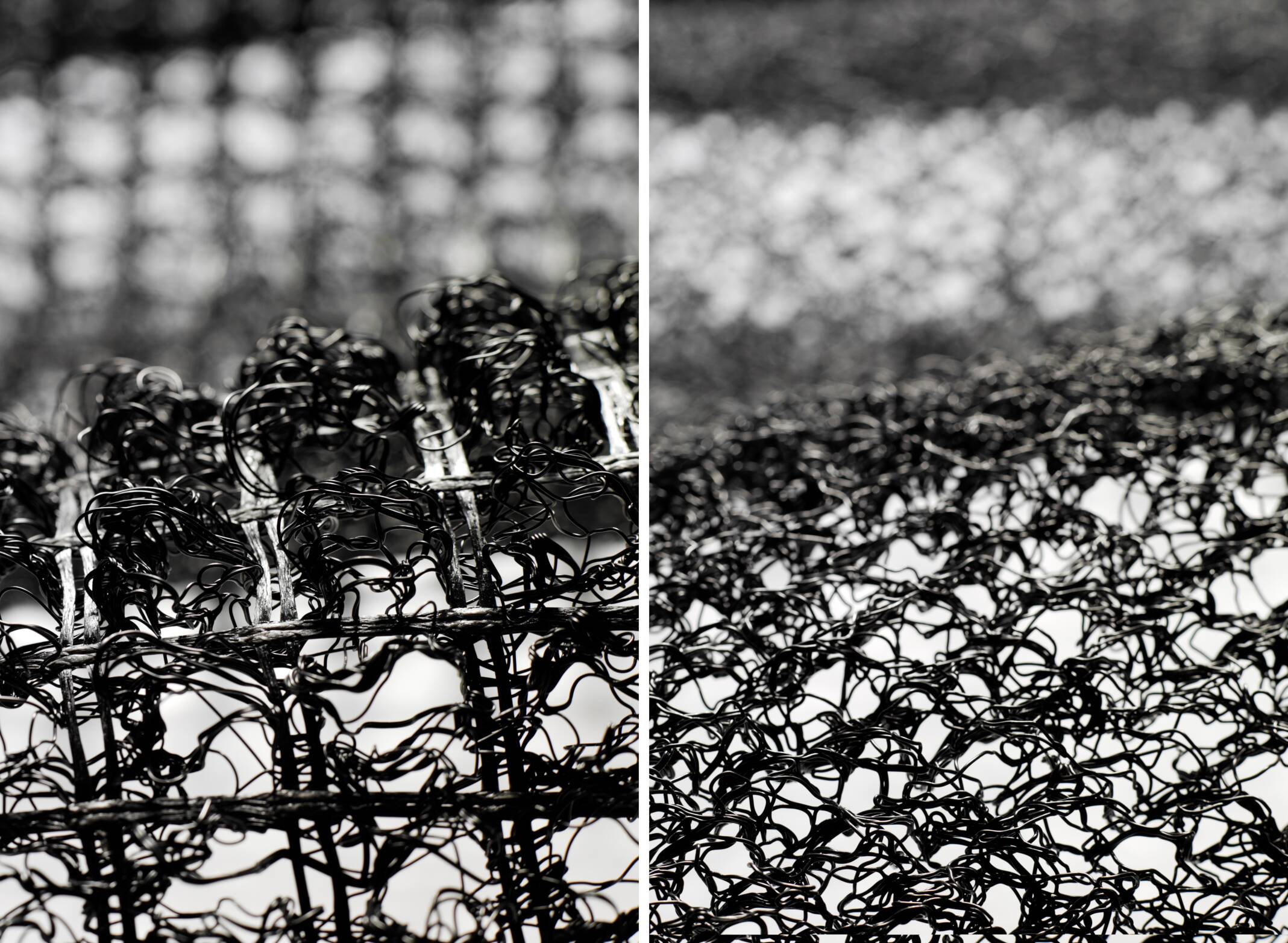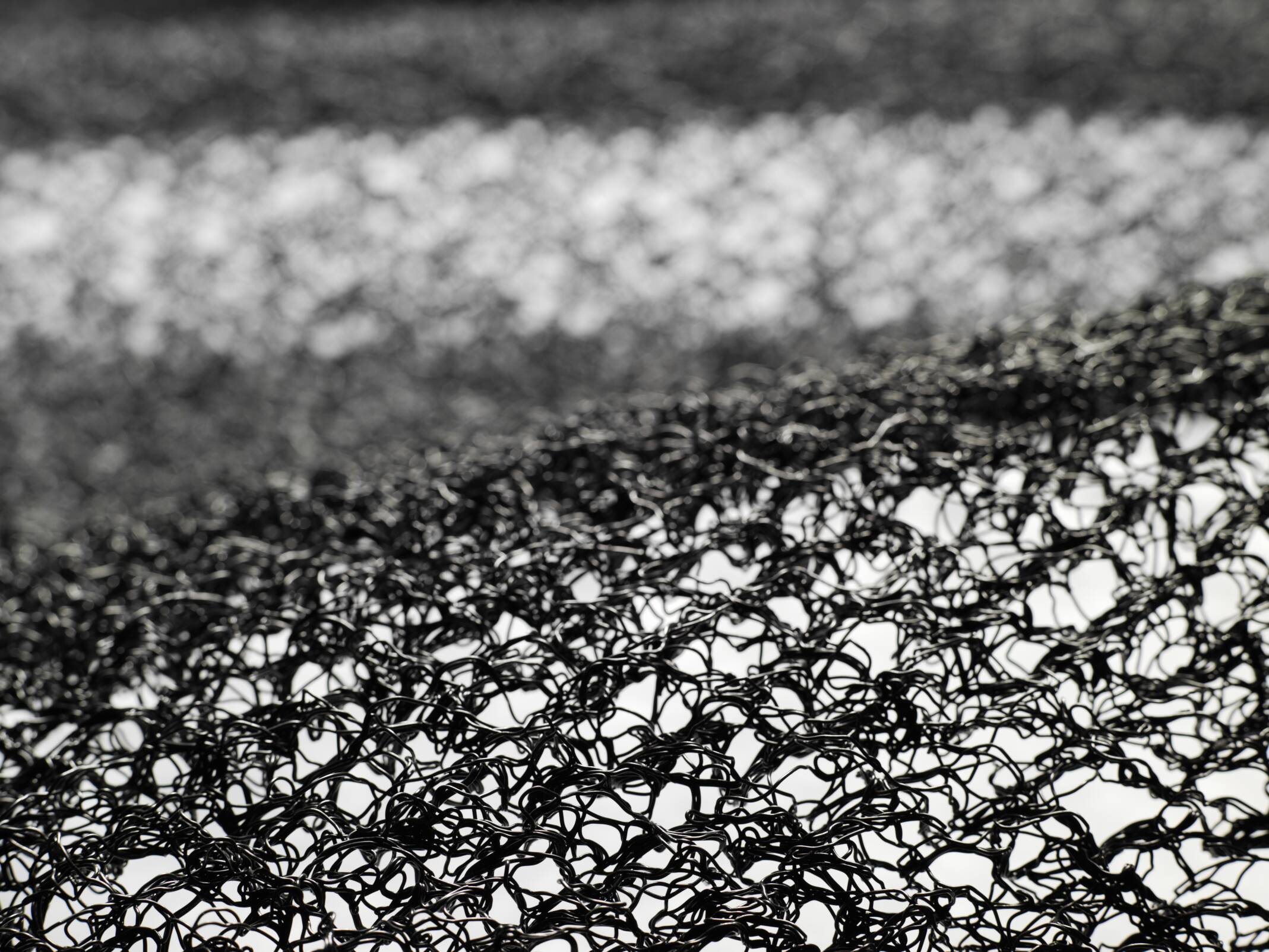Geogrid
Geogrids are synthetic mesh-like materials consisting of interconnected parallel flat strips with openings large enough between them to ensure adhesion to the surrounding soil or rock material. The main task of a geogrid is to reinforce the surrounding soil or rock material. Geogrid is widely used in various construction sectors:
Paved and uncovered roads
Load transfer platforms over saturated soils
Railways
Parking spaces
Airport construction
Asphalt road construction
Hydraulic works
For the protection of geomembranes in landfills
In tunnels
In general and environmental construction
The main use functions of geosynthetics are:
filtering
separation
soil reinforcement
planar current, i.e. draining along its surface
protection
blocking the movement of liquids and gases
When installed, geosynthetics usually perform several of the above functions simultaneously.
According to production technologies geogrids are divided as follows:
*Pressed
*Knitted
*Welded
Depending on the production technology and the principle of use, compressed geogrids fall into two categories.
unstressed geogrids in one direction are mainly used in places where a certain direction of stress is known, such as retaining walls;
The main use of bi-directional prestressed geogrids is, for example, the reinforcement of coatings, where the subsequent stress distribution is less clearly defined.
In soil construction, mostly polyester (PET) geogrid is used.
Glass fiber geogrid, polypropylene (PP) geogrid and asphalt grid are also used.

